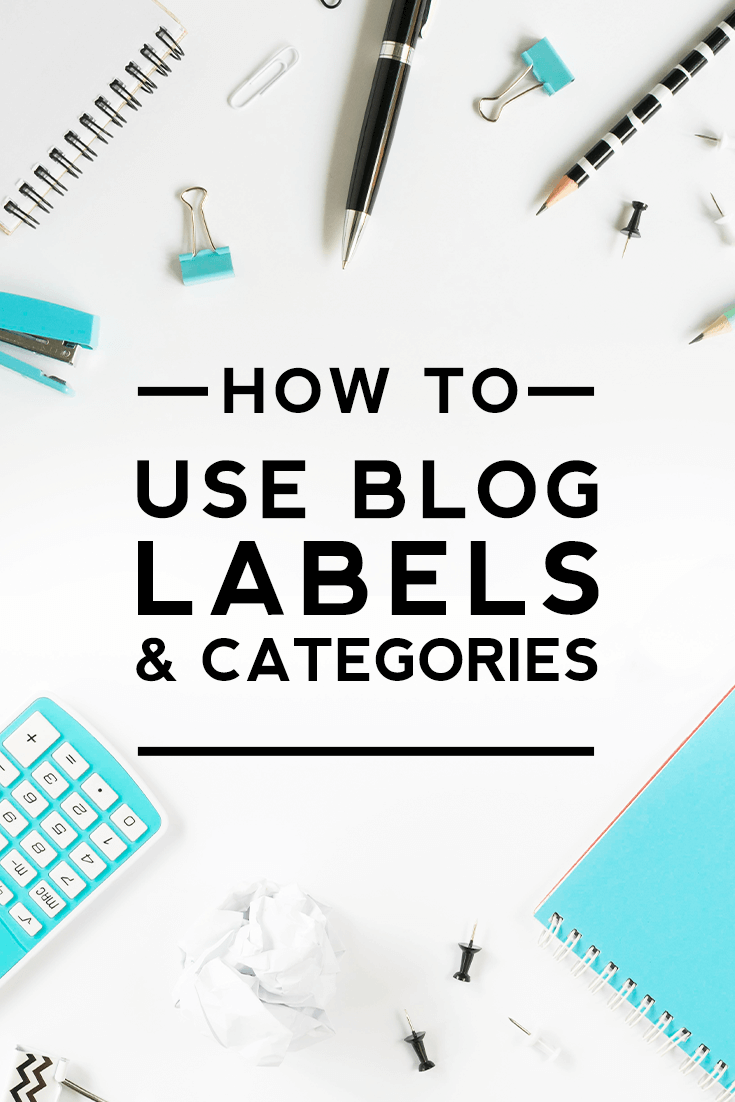
When creating content for your blog, you will be touching on different topics, problems, and solutions. In time, the number of your posts will grow, and it may be hard for your visitors to locate the content they are most interested in. Because of that, you should start using labels and categories from the very beginning of your blogging journey. They will help you sort out your content to keep track of everything and improve your visitor’s experience. Today I will show you the most important things you should do when working with blog labels and categories.
In this post, I will use word labels and categories to describe the same thing – a feature that lets you label your post with categories. However, such a feature is called labels when you are on the Blogger platform and categories when using WordPress.
1. Make a List!
Curate a list of your top blog labels/categories and strategically use them for your blog posts. It benefits your blog to have a handful of frequently used blog labels rather than a new blog label for each new post.
If you have more than a hundred blog labels and each label is only used a few times, take a moment to organize your blog labels. Delete any duplicate labels and delete any blog label used less than a handful of times.

2. Use Them Sparingly
Plan to use a maximum of 3-5 blog labels/categories per blog post. Less is more here. Using a dozen labels per blog post will only confuse and overwhelm your readers and make your blog post appear disorganized. Search engines may also see this as spamming. Using more blog labels will not benefit your blog and could hurt it.
For each blog label/category, use a maximum of three words per label. Phrases of several words should be avoided. Think of blog labels as keywords or folder labels. You wouldn’t have “my summer activity ideas for the kids” on a folder tab when you can have the shorter and more succinct “kid summer activities” instead.
3. Use At Least One Label
Make sure each blog post has at least one label/category. Don’t leave a blog post, no matter how short or unimportant it may be, without a blog label. If you are going to do a quick announcement, create an announcement label and save it for future announcements or incorporate your announcement into your next lengthier blog post. This helps your blog appear more uniform as each post has a label and no blog post gets lost in your blog archives.

4. Avoid Being Too Specific
Don’t be too specific with your blog labels/categories. Think of blog labels as general folders where you would organize your content. You wouldn’t create a folder titled “summer 2024 party ideas” and expect to use it more than one summer for your blog. A more general term such as “summer party ideas” would benefit your blog as you could revisit this topic each year and use this blog label to grow a collection of blog posts focused on summer party ideas.
If you plan to use a blog label only once, do not create it. When adding a new label, plan to have more posts with it to ensure you effectively use it
Blogger has a built-in feature that allows you to add blog labels to your posts to organize them into specific categories.
Click here and learn why using blog labels is important on Blogger
If you have questions about using blog labels or categories, leave them in the comments.






Leave a Reply